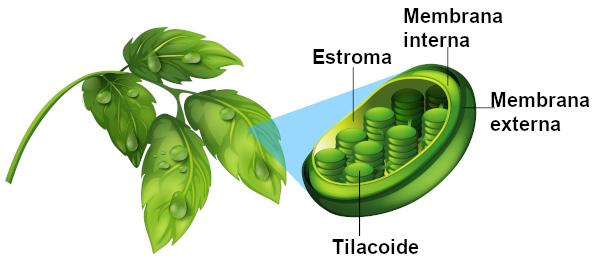O calculating the number of nuclear particles of an atom is performed when we want to determine the mass number (A), the number of protons (p) or the number of neutrons (n), all data or particles from the nucleus of the atom. Nucleus is the region located in the center of an atom, in which the atomic particles called protons and neutrons are contained.
In its atomic model proposed in 1911, Ernest Rutherford already stated that the nucleus was the densest region of the atom. This information was confirmed with the discovery of the masses of protons and neutrons.
Note: The mass of a proton is equal to the mass of a neutron, which is equal to 1 unit of atomic mass (1 a.m.a.)
To carry out the calculating the number of nuclear particles, we must use the mass number expression below:
A = p + n
It is noteworthy that the number of protons is also the atomic number (Z).
So, in general, calculate the number of nuclear particles is to perform the calculation of the mass number of an atom. See below the resolution of some examples related to calculations of the number of nuclear particles.
1st Example: The chemical species Pb2+ features 127 neutrons. It can be said that the total number of particles in its nucleus is:
Data: Pb (Z = 82)
a) 205
b) 206
c) 207
d) 208
e) 209
Resolution:
The data provided by the exercise were:
- the Pb cation+2: an atom that loses 2 electrons;
- Atomic number (Z): 82;
- Number of mass (A) or particles in its core: ?
1st Step: Calculate the number of protons.
Since the atomic number of an atom is always equal to its number of protons, then the atomic number of that atom is equal to 82.
2nd Step: Calculate the number of mass (A) or particles in the nucleus.
To calculate the number of particles in the nucleus, just add the number of protons to the number of neutrons in the following expression:
A = p+n
A = 82 + 127
A = 209
2nd Example: Given the atoms of 92U238 and 83Bi210, the total number of particles (protons, electrons and neutrons) existing in the sum will be:
a) 496
b) 641
c) 528
d) 623
e) 465
Resolution:
The data provided by the exercise were:
Uranium (U):
Atomic number (Z): 92;
Mass number (A): 238.
Bismuth (Bi):
Atomic number (Z): 83;
Mass number (A): 210.
1st Step: Calculate the number of protons.
As the atomic number of an atom is always equal to its number of protons, therefore the number of protons for uranium is 92 and for bismuth it is 83.
2nd Step: Calculation of the number of electrons.
In neutral atoms, that is, atoms that are not a cation or an anion, the number of electrons is always equal to the number of protons. Thus, the number of electrons in uranium is 92 and in bismuth it is 83.
3rd Step: Calculation of the number of neutrons.
To calculate the number of neutrons inside the nucleus, just use the data provided and the formula below:
A = p + n
For uranium:
A = p + n
238 = 92 + n
n = 238 - 92
n = 146
For bismuth:
A = p + n
210 = 83 + n
n = 210 - 83
n = 127
Step 4: Calculation of the total number of particles.
As the exercise asks for the sum of the particles present in these two atoms:
Sum: protons + electrons + neutrons
Sum of particles: 92 + 83 + 92 + 83 + 146 + 127
Sum: 623
3rd Example: The atom consisting of 11 protons, 12 neutrons and 11 electrons has, respectively, atomic number and mass number equal to:
a) 11 and 11
b) 11 and 12
c) 12 and 11
d) 11 and 23
e) 23 and 11
Resolution:
The data provided by the exercise were:
- Number of protons: 11
- Number of electrons: 11
- Number of neutrons: 12
- Atomic number (Z): ?
- Mass number (A): ?
1st Step: Calculate the atomic number (Z).
Since the atomic number of an atom is always equal to its number of protons, therefore the atomic number of that atom is equal to 11.
2nd Step: Calculate the mass number (A).
To calculate the mass number, just add the number of protons to the number of neutrons in the following expression:
A = p+n
A = 11 + 12
A = 23
By Me. Diogo Lopes
Source: Brazil School - https://brasilescola.uol.com.br/quimica/calculo-numero-particulas-nucleares.htm


